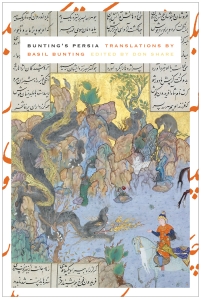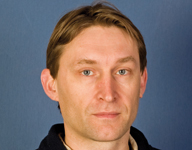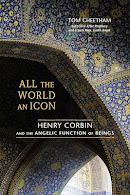Starting 1 October 2010, a 3-year research project at Warwick (funded by the Arts and Humanities Research Council) is studying the Renaissance diffusion of Aristotelian works in the Italian vernacular. This initiative tries to redress the almost exclusive concentration on Latin Aristotelianism among historians of philosophy and ideas in recent decades and aims to provide an electronic census and description of all relevant materials in both manuscript and print. Furthermore, it aims to bring together historians of language, literature, philosophy, science and culture to explore how Aristotelianism increasingly reached a broad and non-Latinate public.
The project, involving a collaboration between the University of Warwick and the Warburg Institute in London, is led by Dr David Lines (Warwick, Department of Italian), with the support at Warwick of Professor Simon Gilsonand, at the Warburg Institute, of Professor Jill Kraye. Professor Luca Bianchi (Vercelli), along with a distinguished group of scholars on the project's advisory board, is providing further expertise. A crucial part in the development of this project is played by the research fellow, Dr Eugenio Refini (based at Warwick), and by the PhD student, Miss Grace Allen (based at the Warburg).
(Vercelli), along with a distinguished group of scholars on the project's advisory board, is providing further expertise. A crucial part in the development of this project is played by the research fellow, Dr Eugenio Refini (based at Warwick), and by the PhD student, Miss Grace Allen (based at the Warburg).
 (Vercelli), along with a distinguished group of scholars on the project's advisory board, is providing further expertise. A crucial part in the development of this project is played by the research fellow, Dr Eugenio Refini (based at Warwick), and by the PhD student, Miss Grace Allen (based at the Warburg).
(Vercelli), along with a distinguished group of scholars on the project's advisory board, is providing further expertise. A crucial part in the development of this project is played by the research fellow, Dr Eugenio Refini (based at Warwick), and by the PhD student, Miss Grace Allen (based at the Warburg).











